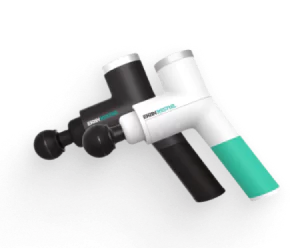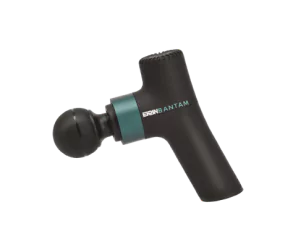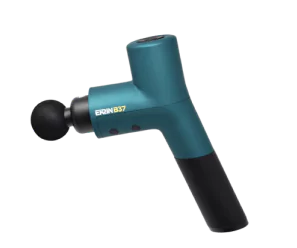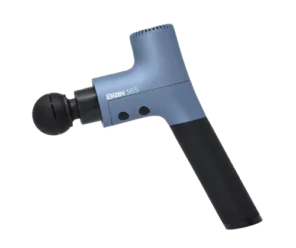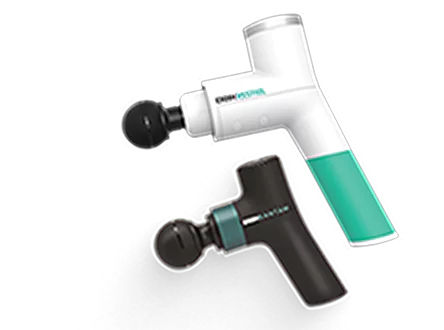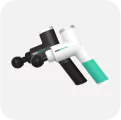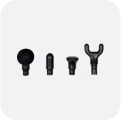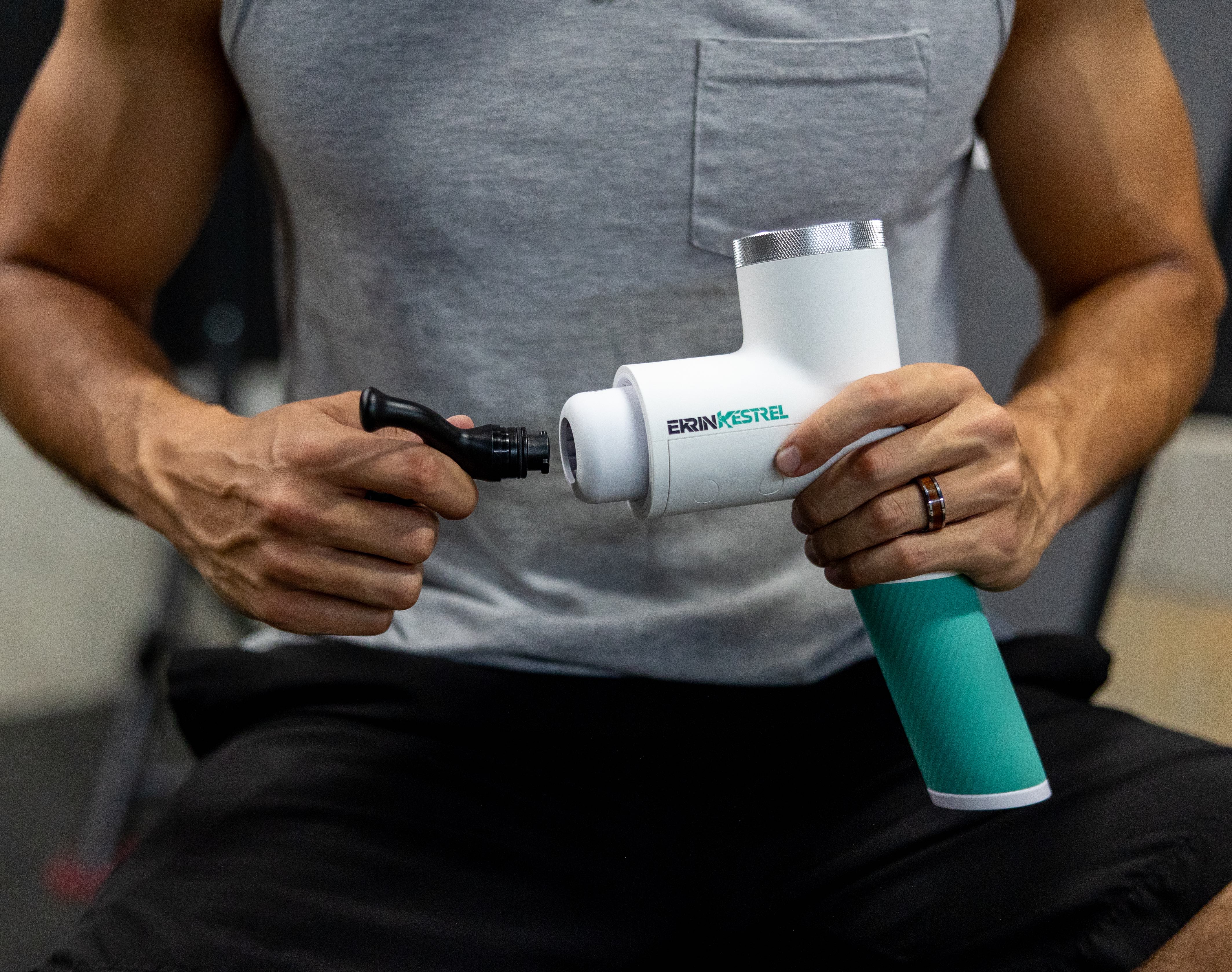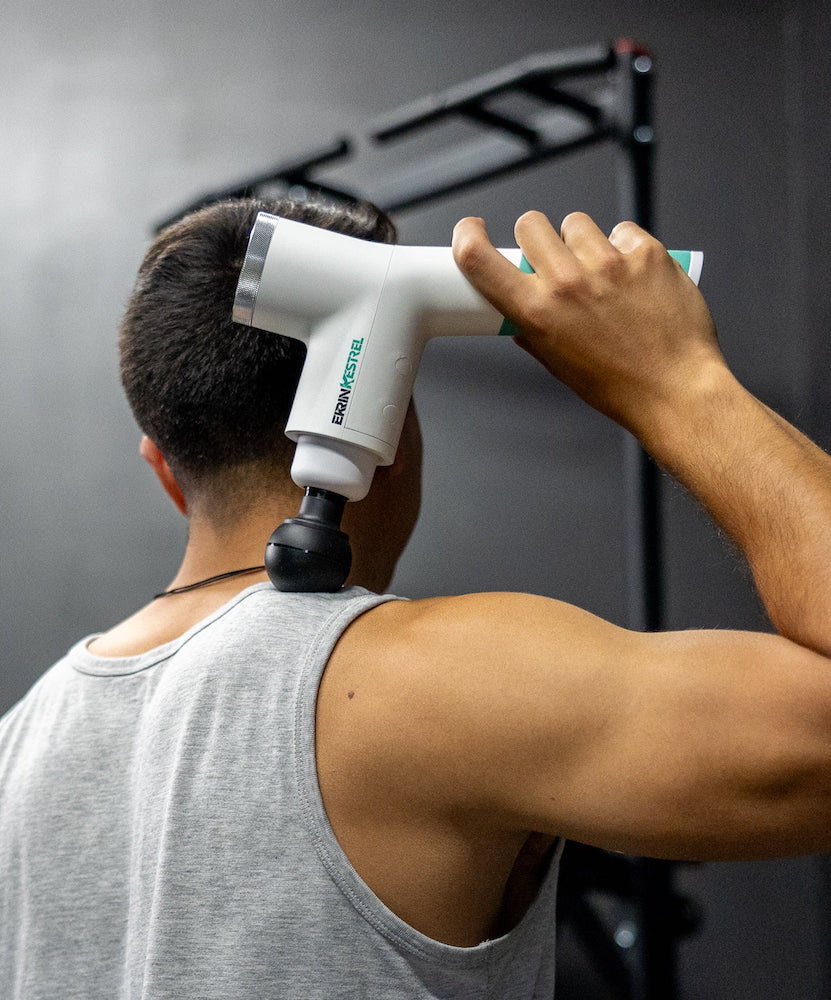DOMS can throw a wrench in your workout groove. Learn how to avoid and treat it.
You PR’d your 10-rep squat yesterday — awesome! Yesterday you left the gym feeling like a champ, but today you hobbled in dubious that your legs are the same ones from the day before.
You’re suffering from DOMS, friend, a common plague among fitness enthusiasts. Learn how to deal with it (and avoid it next time) in this guide to post-workout muscle soreness.
Related: How to Recover From CrossFit Workouts (the Right Way)

What is DOMS?
DOMS stands for “delayed-onset muscle soreness” and it refers to the ever-so-familiar soreness that sets in 24 to 72 hours after exercise. Scientists think DOMS usually peaks around the 48-hour mark, which is why it’s so common to hear people say, “The second day is always the worst!” — and wince as they sit down.
This type of muscle soreness affects pretty much everyone who does any sort of physical activity, although DOMS is usually worse after you perform a type of exercise your muscles aren’t used to.
Related: Muscle Recovery Isn’t Just for Athletes


How to treat DOMS
Unfortunately, scientists haven’t uncovered a way to truly treat DOMS once it sets in. Even studies on massage therapy and the ever-so-popular cryotherapy produce lukewarm results. It seems like once your muscles hurt, they hurt, and there’s not much you can do about it except wait it out.
That said, there are certainly a few tactics you can try that may provide some temporary relief — at least enough so that you can complete your workout without excruciating soreness.
Try this to reduce muscle soreness before your next workout:
- Extend your warmup. Spend some time doing easy monostructural work (cardio) like walking or cycling to improve blood flow to your whole body.
- Start with slow static stretches before attempting to bounce around into dynamic mobility moves.
- Literally shake out your muscles. Do some leg swings, flap your arms, flex and unflex your sore muscles. Small movements loosen things up so you can move onto larger ranges of motion.
- Mash your muscles. If you can tolerate it, mash with a lacrosse ball, a foam roller, or a massage gun on a low setting. This will help you warm up and get loose.
So, if you can’t fully treat DOMS, can you prevent it? To that we answer a resounding yes (but also that you don’t necessarily want to avoid DOMS all the time). In the next section we explain how.
How to prevent DOMS
The easy answer: Don’t do too much at the gym.
The long answer involves lots of science surrounding progressive overload, total volume, and indirect factors such as sleep, stress, and food. We’ll spare you the jargon, but know this: The only way to avoid crippling DOMS is to avoid overtaxing your body.
You want to strike a balance between challenging your body to induce adaptation (AKA, gains) and not pushing it too far. That’s a tough balance to strike, but it can be done. That said, avoiding DOMS entirely isn’t necessarily what you want. Moderate soreness isn’t a bad thing, and despite what some people will argue, mild post-workout tenderness is a good way to measure the intensity or novelty of your workouts.
The bottom line: You don’t want to cripple yourself, but you don’t want to take it too easy, all the time either.
Struggling with soreness? Learn how percussive therapy can help.

